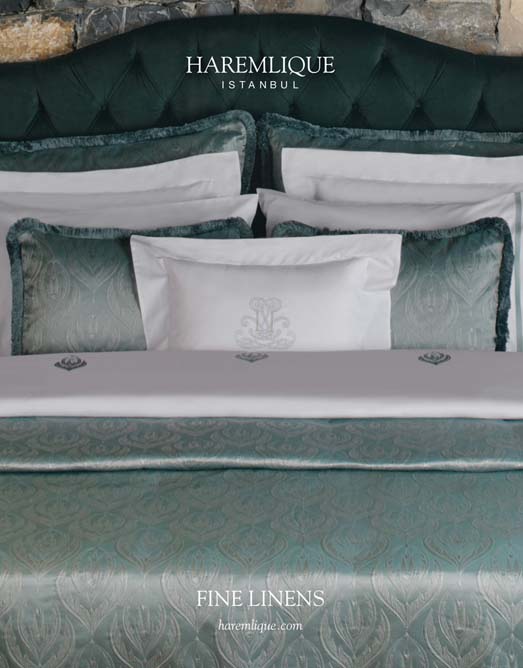
(Eugène Delacroix, The Death of Sardanapalus, 1844) As you may have already gleaned from one of the Arts Diary's earlier articles, from 28 January until 1 May Munich's Kunsthalle der Hypo-Kulturstiftung will be hosting an extraordinary selection of nineteenth and early-twentieth century Orientalist art. Beginning with Napoleon's invasion of Egypt and ending with the Modernism of Klee and Kandinsky, this is an attempt to shed light on Europe's often complicated relationship with the Islamic world to its south and east by looking at the art which came out of this conflictive and conflicted entanglement. Around 150 items, both sculpture and painting, are presented in this show which has already successfully visited the Musées royaux des Beaux-Arts de Belgique in Brussels, and which will later move on to the Musées de Beaux-Arts in Marseille.

(Jean-Auguste Dominique Ingres, The Small Bather, 1826)
This sub-genre of European painting, which flourished for just over a century, was the outcome of various historical, cultural and political factors which overtook both Europe and the Middle East during this period. Although a type of Orientalism had been present in Italian paintings as early as the quattrocento, this was an interest based on respect for those on the other side of the Mediterranean. However, Napoleon's invasion of Egypt changed this, setting the stage for an acquisitive and inquisitive Europe to flood the region not only with soldiers and administrators but also scholars, writers and artists. Depictions of the 'glorious East' were, for this brief period, wildly popular throughout Europe; at the same time, the glories of Islamic Spain were being 'rediscovered' by Northern artists, leading to a new appreciation of what was termed 'the Orient in Europe.' Given their long colonial history in the Middle East, it is unsurprising that British and French artists are well-represented in this exhibition; despite this natural preponderance, space is also given to artists from countries with less well-known Orientalist credentials, including Spain (José Villegas y Cordero), Belgium (Henri Evenepoel), and the former Habsburg and Ottoman Empires (Jaroslav Čermák and the seemingly ubiquitous Osman Hamdi Bey, respectively). Here at the Arts Diary, we're particularly fond of Ingres' delightful odalisque (above) and du Nouÿ's voluptuous The White Slave (below), both of whom also feature in Cornucopia 10, and it's interesting to observe that even quintessentially Modern painters such as Kandinsky, in works such as his jewel-like Arab Cemetery (bottom), couldn't resist the lure of the Orient. More than just a selection of pretty pictures, this exhibition is also an exploration of ideas which still have a strong political resonance; a reminder that, in spite of apocalypic talk of the 'clash of civilisations', the East has always exerted a fascination over the West.

(Jean Lecomte du Nouÿ, The White Slave, 1888)

(Wassily Kandinsky, Arab Cemetery, 1909)
Kunsthalle der Hypo-Kulturstiftung, Theatinerstraße 8, 80333 Munich







